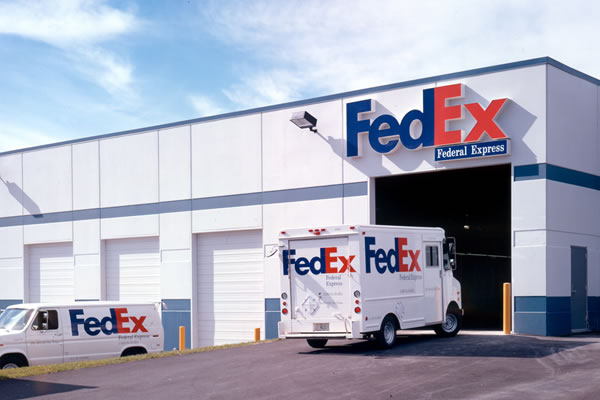The gigantic building housed many "cells" which were groups of employees sorting packages by destination. The more packages they had to get through, the more cells they activated. There were one or two office gals who did nothing but contact each cell every fifteen minutes to get a count of how many packages they had processed in the previous fifteen minutes. Before the day started, Fedex had calculated how may packages needed to be processed every fifteen minutes per cell if they expected to get through the day’s backlog. If the cell was falling behind, they'd immediately start shifting labor from cells that were ahead or start calling in additional workers who were on call to come in.
In financial analysis we like to evaluate scenarios against the simple equation of:
Benefit vs Cost
When assessing a new software or capital project, we add up the total dollars that would be spent and compare it to the expected benefit. If the return on the investment is high enough, the green light is given.However, one thing that this equation leaves out is risk. I believe this could be the variable that prevented Fedex from automating the package count link.
Benefit vs (Cost x Risk)
What it will cost you to finish a project isn’t the whole story. There’s also the risk to your business of introducing a complex system that may not always be fully operational. You really need to take your total cost and multiply by a risk factor. If the risk factor is large than the benefit had better be huge to compensate. Kind of like a bank lending to someone with a low credit rating charging a higher interest rate.
Take Fedex for instance, they are a company that has staked their reputation on reliably delivering packages over night. What would happen if they lost sight of their package counts sporadically due to software glitches? The impact could be disastrous to their business.
Now let’s take a look at the Benefit side of the equation.
In evaluating how much money you would save. You would add up the cost of doing business the new way versus the cost of doing it the current way. The difference is your savings.
It may be possible that when Fedex compared the cost of creating a complex software system and maintaining it to what it would cost them to pay one or two employees $10-$20 an hour that the savings just wasn’t that great. Throw in the risk factor and it’s quite believable to me that they would stick with the simple and easy method of calling each cell.
I’m a big believer in automating processes when it makes sense. However, I just think that automation is not always the default better way and that each situation needs to be looked at individually. Keeping processes as simple as possible is an opposing force that balances the desire to automate.



 RSS Feed
RSS Feed